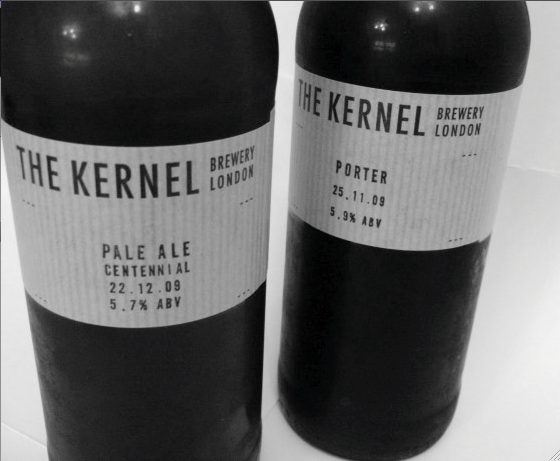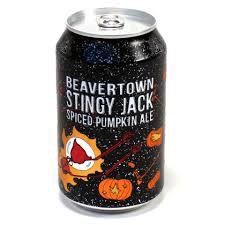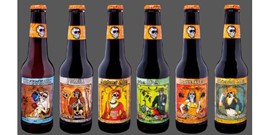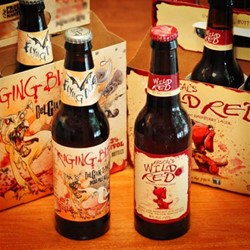Opinion: Craft beer and branding

It’s curious that in an age of digital, one of the most intriguing media at the moment is a small piece of gummed paper – the beer label.
Craft beer is a symbol of the age. It has even been included in the Office of National Statistics' basket of goods used to measure inflation. The craft beer revolution has seen hundreds of new and exciting beer brands spring up, delivering new beers and reviving old styles. According to the Society of Independent Brewers (SIBA), its members alone produce more than 2,500 bottled beer brands. It’s a congested sector, so beer branding has to work hard.
As a judge in this year's World Beer Awards (WBA) I was lucky enough to be able to see first-hand just how well design is being used. There were some truly standout designs, which brought home the importance of branding and design for this sector.
Many of these brands are still at the cottage industry stage and have little in the way of marketing budget, so one of the most important pieces of marketing collateral they have is the humble beer bottle label. Standing out in a bar, specialist off licence or, increasingly, on the supermarket shelf, is important, and design will arguably do as much to decide which of these brands is still around in five years, as their taste.
In craft, where the brewer's identity is synonymous with the product, a fundamental design shake up is taking place. Category, or beer type, language on labels is becoming secondary to brewer identity. Whether it is by name or easily recognisable packaging, the brewery is coming to the fore in design. This enables buyers to be able to pick out from a large display of bottles his – and increasingly, her – favourite brewery. Off licences now dedicate large areas of shelving to craft beer and this will only increase.
There are an incredible array of designs in the craft sector, from the Kernel’s austere and functional labelling to Thornbridge’s elegant Victoriana, by way of Beavertown’s crazed Day of the Dead graphics.
Craft beer has a distinctive design aesthetic that is radically different from accepted beer iconography. In the past, beer design has celebrated the traditional roots of brewing with sheaths of barley, ruddy faced country folk and picturesque brewery buildings as commonplace. Today’s beers have a look that is knowing, post-modern and quirky. The labels are miniature works of art – quite literally in some cases – cartoonist Ralph Steadman created labels for Maryland’s Flying Dog Brewery.
Canned beer is up and coming in the craft world, providing another palette for inspiration. Beavertown has made some of its cans, like Stingy Jack Pumpkin Ale, with peel-off, removable labels – all the easier for we connoisseurs to collect.



This underlines how craft beer is a distinct premium product, aimed at an educated and discerning consumer. With low runs of beer and expensive ingredients such as imported, specialist hops, craft design sends out a message that the beers are to be savoured and appreciated. The drinker is expected to have some knowledge of what to expect from a black IPA or a saison for example, and what difference you might expect between beers using Mosaic and Chinook hops. You can often find this vital information relegated to the back label, but the front is dedicated to grabbing the eye, enticing and intriguing.
Beer drinkers shop the category in a different way than wine drinkers do with wine. Price is less important that in buying a bottle of wine, where you often have a notional limit of what you want to spend. Other factors, such as beer type, strength and increasingly, a trust in a particular beer brand, are much more important. Hence the rise of a unifying brand look that you see with players such as Camden Town Brewery, Alechemy and Brew Dog. Although this is not currently a category in the WBA, it is a valid way to judge the combined appeal of packaging and I expect it may emerge as a category.
A great beer label can never disguise an iffy beer, but design can play an important part in selling the story of a brand to the consumer, and craft breweries are making more inventive use of it. The new generation of craft beer is defined as much by the way it looks as how it tastes, and discerning craft drinkers are appreciative of the effort made in both areas.
Craig Abbott is a designer and beer drinker at Sedley Place


